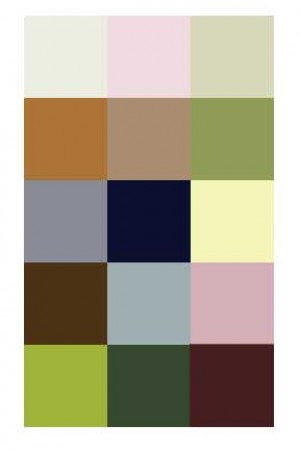Painting from the mind, photos or life

I was recently visiting some artist friends painting in their studio. Both very accomplished artists I might add. While we were discussing color pigments and their makeup, whether pure or mixed, I noticed the randomness of painting from the mind inspiration. There seemed to be no obvious direction to me as I tried to read the process as a viewer. Even when calculating layers of paint, an artist is often surprised by what the paint has to say as colors collide, layer or mix on the canvas. So, there is no right or wrong in the creative process. But I knew in that moment if I attempted such process I would end in mud quite quickly.
Later that day I worked with another artist over the phone as she developed her palette for a commission. In this case she had a photo along with more support photos. Having magazine graphic experience it looked to me that the saturation went too far in the photos. There was no way to know what was truly accurate and the expectation is of course, accurate representation. As the painting developed, accurate color caused some overwhelming color not much different than the oversaturated photo!
Painting from life, we see more than we need to. There are moments we might need the extra information, such as developing skin tones. More often than not though, we should be looking at the entire composition all at once glazing over our eye to see less. Once the composition is in mind, the eye should bounce and look to measure and see depth. Positive and negative shapes should be equal in impressing the eye to hand. Color should have reason such as for under painting, or marking up the composition, balance the view and finally to be complete. Working from life, you see what your eye sees. If you must take photos back to the studio, make notes for your palette.
The camera and printer has dot gain in the dark and light side, mashing to one flat black and one flat white. The colors can be too rich and often not accurate. Taking notes in the field can improve your time painting from photos and the mind. It all comes down to one important decision, the palette! Often overlooked, I think the palette can be as challenging as learning to draw. In Painting 1 class, 14 colors go down day one. This may be the proper approach but there is so much opportunity to master color from a minimal palette. In all three scenarios of painting from the mind, photos or life, choosing a palette can make any of these compositions go smoother and more brilliantly. The commission painting for instance, perelyne red, sap green, indian yellow, dioxazine purple and titanium white ended up being more than enough colors. The obvious benefit of the limited palette is that the entire painting goes together more smoothly. Another, less paint on the board and brush. Minimal colors make it much easier in plein air and alla prima painting.
Each artist has their own creative process to follow. I have spent 20 years in a minimal palette and still enjoy learning from it. I designed the Palette Builder (see link below) to help me push my knowledge of color further into the tint, tone and shades of each color. Jim Crow, former president of AAEA (American Academy of Equine Art) told me I had no depth in my painting in 1997. I had no intention of being representational at that time. Something has changed for me in the last year or more. I am still not out to paint a duplicate photo, but my palette and process has done a 180. That change is based completely on palette!
Whether painting from minds eye and nothing to look at for reference, painting from photographs with incorrect color or painting from life with too much information, a limited palette can help an artist work through these challenges. It is amazing how much lies in the depths of color study.
Gail Guirreri Art Journals
Related Links
Allowed: 64M/67108864KB.
Current: 21423KB. Peak: 21487KB.






















